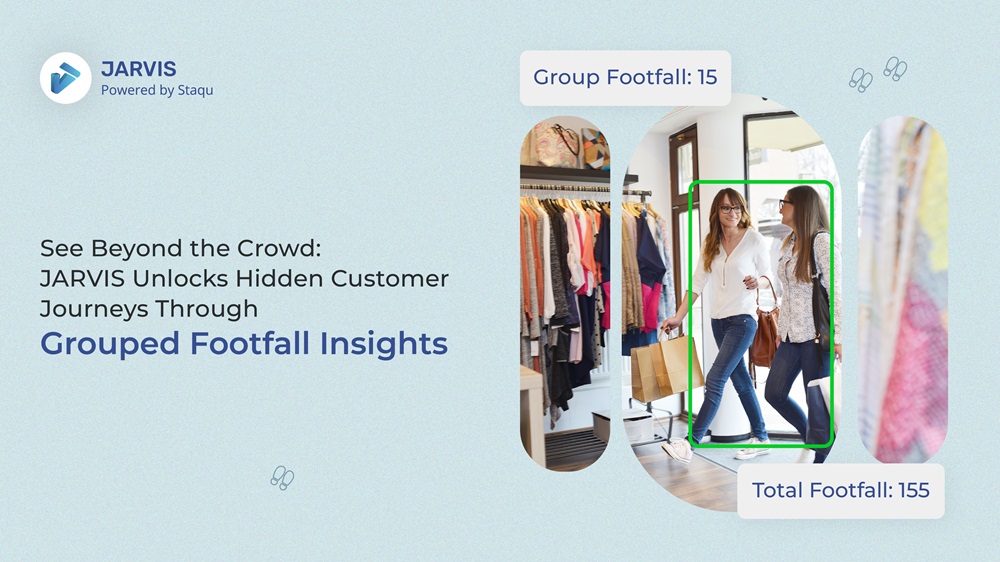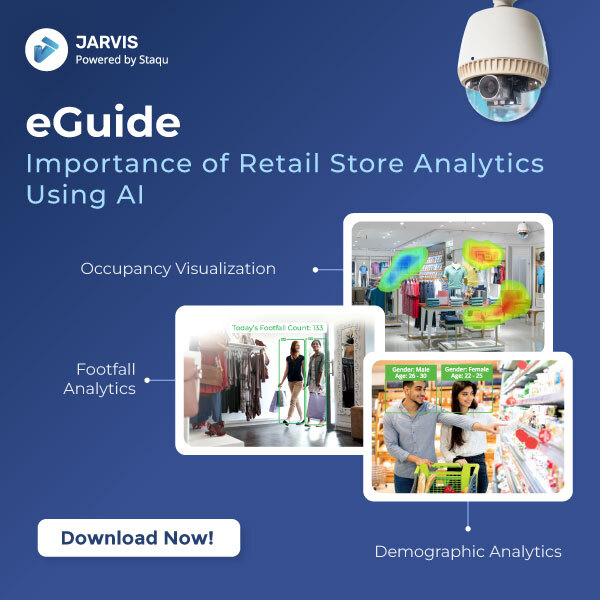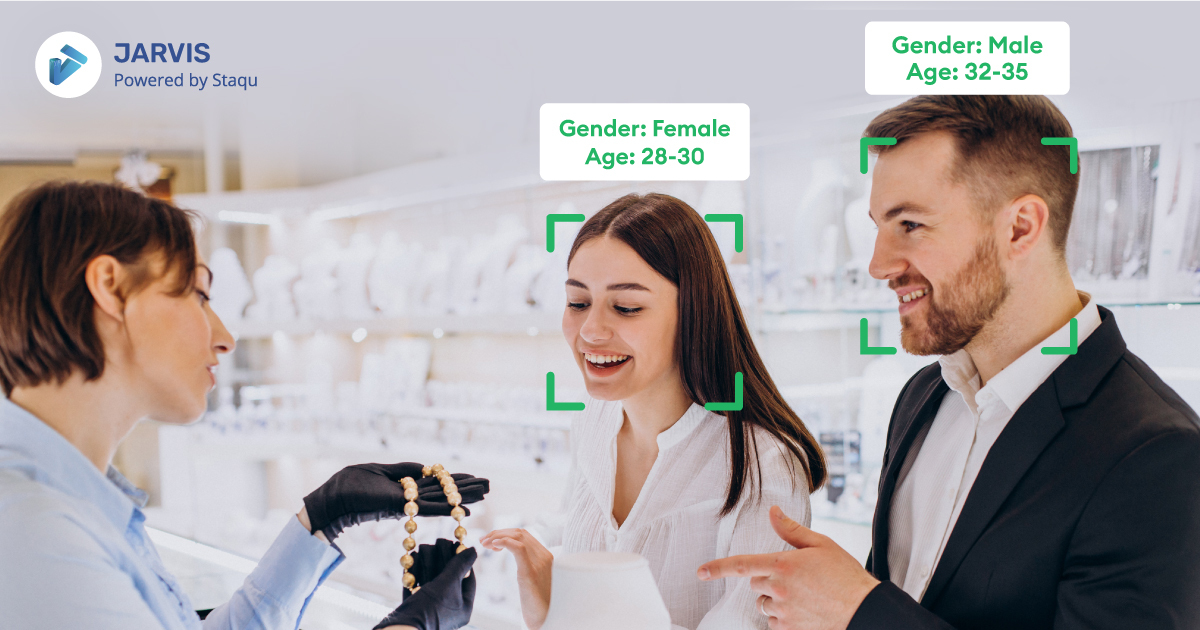Understanding Conversion Rates through Group Footfall Metrics

In the competitive retail landscape, the ability to accurately gauge and analyze customer behaviour stands as a cornerstone for achieving business success. Traditional metrics such as individual footfall have long provided a baseline understanding of potential customer engagement and store performance. However, with the advent of advanced technological tools, particularly in video analytics and artificial intelligence (AI), a more nuanced approach is emerging—group footfall analysis. This approach not only deepens understanding of customer behavior but also uncovers dynamics within shopping groups that influence purchasing decisions significantly.
Differentiating Footfall and Group Footfall
While ‘footfall’ traditionally refers to counting the number of individual customers entering a store, ‘group footfall’ focuses on those entering and shopping in groups. This metric offers valuable insights into how social dynamics influence shopping behaviors. Groups, whether they are families, friends, or colleagues, often exhibit different buying patterns and preferences than solo shoppers, impacting both the nature and volume of purchases made.
Book A Free Demo
The Role of Video Analytics and AI in Group Footfall Analysis
Technologies such as video analytics and AI are pivotal in dissecting the complex nature of group footfall. These technologies do more than just count numbers; they analyze movements, track shopping durations, and scrutinize interaction patterns within the store. Here’s how they contribute to a deeper understanding:
1. Behavioral and Buying Patterns
AI-driven systems analyze video footage to detect and understand the group dynamics at play. For instance, it’s possible to identify who within the group influences buying decisions or whether the group’s presence leads to longer stays within the store. This data can be used to optimize store layouts, product placements, and promotional strategies targeted at maximizing group purchases.
2. Demographics Analysis
Video analytics can also help retailers understand the demographics of group footfall, such as age ranges, gender composition, and even mood. These demographic insights can inform product offerings, marketing campaigns, and store atmosphere to better cater to the groups most likely to visit at certain times.
3. Decision Dynamics Within Groups
In groups, the decision-maker can often play a pivotal role in the purchase process. AI tools can help identify whether decisions are predominantly made by males or females, adults or children within these groups. Understanding these dynamics aids in crafting targeted marketing that appeals to the decision-makers within groups.
4. Ticket Size and Conversion Rates
Groups typically have larger basket sizes compared to individual shoppers. Analyzing group footfall can therefore provide insights into potential sales volumes and help in forecasting revenue. Retailers can track how group dynamics affect the ticket size—whether groups are more likely to indulge in impulse buys or stick to planned purchases.
Advanced Metrics Derived from Group Footfall Analysis
Beyond just counting and tracking, AI and video analytics enable the extraction of advanced metrics that can profoundly influence retail strategies:
1. Group Loyalty Programs
Based on group buying patterns, retailers can develop loyalty programs that encourage repeat visits. For example, offering group discounts or rewards for referrals can enhance group loyalty and increase repeat group footfall.
2. Customized In-Store Experiences
With detailed insights into group demographics and behaviors, stores can customize experiences to cater to predominant group types. For instance, creating kid-friendly zones in areas frequently visited by families or setting up interactive displays for tech-savvy youth groups.
3. Predictive Analytics for Staffing and Inventory
Using historical data on group behaviors, AI can predict peak times for group visits and the types of products they are likely to purchase. This assists in optimal staff scheduling and inventory management, ensuring that the store can efficiently handle group influxes and product demand.
Conclusion
The shift from simple footfall counting to complex group footfall analysis via video analytics and AI represents a significant advancement in retail management. By understanding the intricate details of group dynamics, retailers can not only improve their conversion rates but also enhance the overall shopping experience, leading to higher customer satisfaction and increased loyalty. As technology continues to evolve, the potential for even deeper insights into customer behavior will undoubtedly transform the retail industry further, paving the way for more personalized and effective retail strategies.


